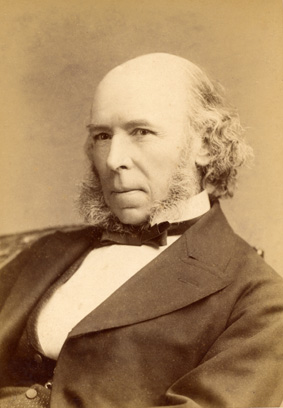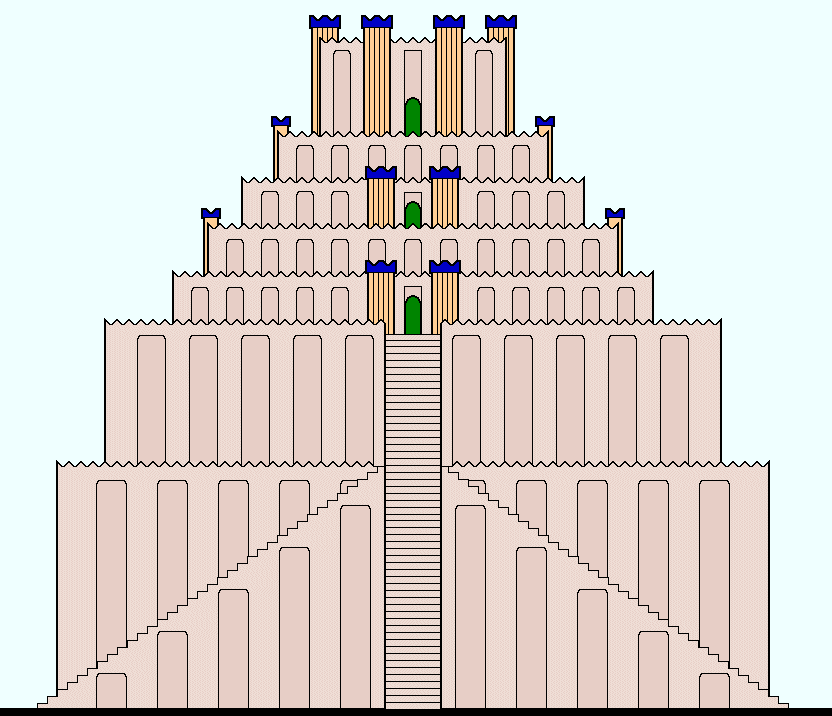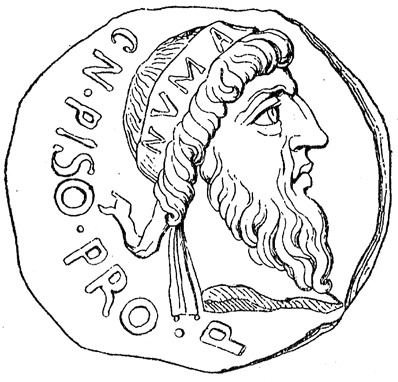|
List Of Founders Of Religious Traditions
These are historical figures credited with founding religions or religious philosophies, or who codified older known religious traditions. The list includes those who have founded a specific major denomination within a larger religion. Legendary/semi-historical Ancient (before AD 500) Medieval to Early Modern (500–1800 AD) New religious movements (post-1800) See also * Burial places of founders of world religions * List of Buddha claimants *List of messiah claimants A list is a set of discrete items of information collected and set forth in some format for utility, entertainment, or other purposes. A list may be memorialized in any number of ways, including existing only in the mind of the list-maker, bu ... * List of people who have been considered deities * List of religions and spiritual traditions * Lists of religious leaders by century * Timeline of religion Notes References Bibliography * * * * * * * * * * * * {{DEFAULTSORT:Founders Of ... [...More Info...] [...Related Items...] OR: [Wikipedia] [Google] [Baidu] |
Historical Figure
A historical figure is a significant person in history, who may have made important cultural, social, political, scientific or technological impacts on humanity. They are often widely known for their achievements, whether favourably or unfavourably. The significance of such figures in human progress has been debated. Some think they play a crucial role, while others say they have little impact on the broad currents of thought and social change. The concept is generally used in the sense that the person really existed in the past, as opposed to being legendary. However, the legends that can grow up around historical figures may be hard to distinguish from fact. Sources are often incomplete and may be inaccurate, particularly those from early periods of history. Without a body of personal documents, the more subtle aspects of personality of a historical figure can only be deduced. With historical figures who were also religious figures attempts to separate fact from belief may ... [...More Info...] [...Related Items...] OR: [Wikipedia] [Google] [Baidu] |
Zoroastrianism
Zoroastrianism ( ), also called Mazdayasnā () or Beh-dīn (), is an Iranian religions, Iranian religion centred on the Avesta and the teachings of Zoroaster, Zarathushtra Spitama, who is more commonly referred to by the Greek translation, Zoroaster ( ). Among the world's oldest organized faiths, its adherents exalt an Creator deity, uncreated, Omnibenevolence, benevolent, and List of knowledge deities#Persian mythology, all-wise deity known as Ahura Mazda (), who is hailed as the supreme being of the universe. Opposed to Ahura Mazda is Ahriman, Angra Mainyu (), who is personified as a List of death deities#Persian-Zoroastrian, destructive spirit and the adversary of all things that are good. As such, the Zoroastrian religion combines a Dualism in cosmology, dualistic cosmology of good and evil with an eschatological outlook predicting the Frashokereti, ultimate triumph of Ahura Mazda over evil. Opinions vary among scholars as to whether Zoroastrianism is monotheistic, polyth ... [...More Info...] [...Related Items...] OR: [Wikipedia] [Google] [Baidu] |
Mahavira
Mahavira (Devanagari: महावीर, ), also known as Vardhamana (Devanagari: वर्धमान, ), was the 24th ''Tirthankara'' (Supreme Preacher and Ford Maker) of Jainism. Although the dates and most historical details of his life are uncertain and varies by sect, historians generally consider that he lived during the 6th or 5th century BCE, reviving and reforming a proto-Jain community (which had possibly been founded by Pārśvanātha), and that he was an older contemporary of Gautama Buddha. Jains regard him as the spiritual successor of the 23rd ''Tirthankara'' Parshvanatha. According to traditional legends and hagiographies, Mahavira was born in the early 6th century BCE to a royal Kshatriya Jain family of ancient India. His mother's name was Trishala and his father's name was Siddhartha. According to the second chapter of the Śvētāmbara Ācārāṅga Sūtra, Siddhartha and his family were devotees of Parshvanatha. Mahavira abandoned all worldly p ... [...More Info...] [...Related Items...] OR: [Wikipedia] [Google] [Baidu] |
Charvaka
Charvaka (; IAST: ''Cārvāka''), also known as ''Lokāyata'', is an ancient school of Indian philosophy, Indian materialism. It's an example of the Hindu Atheism, atheistic schools in the Ancient Indian philosophies. Charvaka holds direct perception, empiricism, and conditional inference as proper sources of knowledge, embraces philosophical skepticism, and rejects ritualism. In other words, the Charvaka epistemology states that whenever one infers a truth from a set of observations or truths, one must acknowledge doubt; inferred knowledge is conditional. It was a well-attested belief system in ancient India. Brihaspati, a philosopher, is traditionally referred to as the founder of Charvaka or Lokāyata philosophy, although some scholars dispute this. Charvaka developed during the Hindu reformation period in the first millennium BCE, after Buddhism was established by Gautama Buddha and Jainism was re-organized by Parshvanatha. Its teachings have been compiled from historic sec ... [...More Info...] [...Related Items...] OR: [Wikipedia] [Google] [Baidu] |
Ajita Kesakambali
Ajita Kesakambali (; ) was an ancient Indian philosopher in the 6th century BC. He is considered to be the first known proponent of Indian materialism, and forerunner to the Charvaka school. He was probably a contemporary of the Buddha and Mahavira. It has frequently been noted that the doctrines of the Lokayata school were considerably drawn from Ajita's teachings. Philosophy Like those of Lokayatins, nothing survives of Ajita's teachings in script, except some scattered references made by his opponents for the sake of refutation. Thus, due to the nature of these references, the basic framework of his philosophy has to be derived by filtering out obscure legends associated with him. From Buddhist sources According to a Buddhist legend, Ajita wore a blanket of human hair (''Kesakambali'' in Sanskrit means "with the hair blanket"), "which is described as being the most miserable garment. It was cold in cold weather, and hot in the hot, foul smelling and uncouth".Bhaskar (1972) ' ... [...More Info...] [...Related Items...] OR: [Wikipedia] [Google] [Baidu] |
Babylon
Babylon ( ) was an ancient city located on the lower Euphrates river in southern Mesopotamia, within modern-day Hillah, Iraq, about south of modern-day Baghdad. Babylon functioned as the main cultural and political centre of the Akkadian-speaking region of Babylonia. Its rulers established two important empires in antiquity, the 19th–16th century BC Old Babylonian Empire, and the 7th–6th century BC Neo-Babylonian Empire. Babylon was also used as a regional capital of other empires, such as the Achaemenid Empire. Babylon was one of the most important urban centres of the ancient Near East, until its decline during the Hellenistic period. Nearby ancient sites are Kish, Borsippa, Dilbat, and Kutha. The earliest known mention of Babylon as a small town appears on a clay tablet from the reign of Shar-Kali-Sharri (2217–2193 BC), of the Akkadian Empire. Babylon was merely a religious and cultural centre at this point and neither an independent state nor a large city, s ... [...More Info...] [...Related Items...] OR: [Wikipedia] [Google] [Baidu] |
Marduk
Marduk (; cuneiform: Dingir, ᵈAMAR.UTU; Sumerian language, Sumerian: "calf of the sun; solar calf"; ) is a god from ancient Mesopotamia and patron deity of Babylon who eventually rose to prominence in the 1st millennium BC. In Babylon, Marduk was worshipped in the temple Esagila. His symbol is the spade and he is associated with the Mušḫuššu. By the 1st millennium BC, Marduk had become astrologically associated with the planet Jupiter. He was a prominent figure in ancient near eastern cosmology, Babylonian cosmology, especially in the Enūma Eliš creation myth. Name The name of Marduk was solely spelled as dAMAR.UTU in the Old Babylonian Period, although other spellings such as MES and dŠA.ZU were also in use since the Kassite Period. In the 1st millennium BC, the ideograms dŠU and KU were regularly used. The logogram for Adad is also occasionally used to spell Marduk. Texts from the Old Babylonian period support the pronunciation Marutu or ... [...More Info...] [...Related Items...] OR: [Wikipedia] [Google] [Baidu] |
Etemenanki
Etemenanki () was a ziggurat dedicated to the Mesopotamian god Marduk in the ancient city of Babylon. It now exists only in ruins, located about south of Baghdad, Baghdad, Iraq. Many scholars have identified Etemenanki as the ziggurat for the biblical account of the Tower of Babel. Construction It is unclear when Etemenanki was originally constructed. Andrew R. George says that it was constructed sometime between the 14th and the 9th century BCE. He argues as follows: The reference to a ziggurrat at Babylon in the Creation Epic (Enûma Eliš· VI 63: George 1992: 301–2) is more solid evidence, ... for a Middle Assyrian piece of this poem survives to prove the long-held theory that it existed already in the second millennium BC. There is no reason to doubt that this ziqqurrat, described as ''ziqqurrat apsî elite'', "the upper ziqqurrat of the Apsû", was [Etemenanki].Andrew R. George, George, Andrew (2007) "The Tower of Babel: Archaeology, history and cuneiform texts" ''Archiv ... [...More Info...] [...Related Items...] OR: [Wikipedia] [Google] [Baidu] |
Nebuchadnezzar II
Nebuchadnezzar II, also Nebuchadrezzar II, meaning "Nabu, watch over my heir", was the second king of the Neo-Babylonian Empire, ruling from the death of his father Nabopolassar in 605 BC to his own death in 562 BC. Often titled Nebuchadnezzar the Great, he is regarded as the empire's greatest king, famous for his military campaigns in the Levant and their role in Jewish history, and for his construction projects in his capital of Babylon, including the Hanging Gardens of Babylon. Ruling for 43 years, Nebuchadnezzar was the longest-reigning king of the Babylonian dynasty. By the time of his death, he was among the most powerful rulers in the world. Possibly named after Nebuchadnezzar (governor of Uruk), his grandfather of the same name, or after Nebuchadnezzar I ( 1125–1104 BC), one of Babylon's greatest ancient warrior-kings, Nebuchadnezzar II had already secured renown for himself during his father's reign, leading armies in the Medo-Babylonian conquest of the Assyrian Empir ... [...More Info...] [...Related Items...] OR: [Wikipedia] [Google] [Baidu] |
Religion In Ancient Rome
Religion in ancient Rome consisted of varying imperial and provincial religious practices, which were followed both by the Roman people, people of Rome as well as those who were brought under its rule. The Romans thought of themselves as highly religious, and attributed their success as a world power to their collective piety () in maintaining Pax deorum, good relations with the gods. Their Polytheism, polytheistic religion is known for having honoured List of Roman deities, many deities. The presence of Magna Graecia, Greeks on the Italian peninsula from the beginning of the historical period influenced Culture of ancient Rome, Roman culture, introducing some religious practices that became fundamental, such as the of Apollo. The Romans looked for common ground between their major gods and those of the Greeks (), adapting Greek mythology, Greek myths and iconography for Latin literature and Roman art, as the Etruscans had. Etruscan religion was also a major influence, partic ... [...More Info...] [...Related Items...] OR: [Wikipedia] [Google] [Baidu] |
Numa Pompilius
Numa Pompilius (; 753–672 BC; reigned 715–672 BC) was the Roman mythology, legendary second king of Rome, succeeding Romulus after a one-year interregnum. He was of Sabine origin, and many of Rome's most important religious and political institutions are attributed to him, such as the Roman calendar, Vestal Virgins, the cult of Mars, the cult of Jupiter, the cult of Romulus, and the office of ''pontifex maximus''. Genealogy According to Plutarch, Numa was the youngest of Pomponius's four sons, born on the day of Rome's founding (traditionally, 21 April 753 BC). He lived a severe life of discipline and banished all luxury from his home. Titus Tatius, king of the Sabines and a colleague of Romulus, gave in marriage his only daughter, Tatia (wife of Numa Pompilius), Tatia, to Numa. After 13 years of marriage, Tatia died, precipitating Numa's retirement to the countryside. According to Livy, Numa resided at Cures, Sabinum, Cures immediately before being elected king.Livy, ''Ab u ... [...More Info...] [...Related Items...] OR: [Wikipedia] [Google] [Baidu] |
Jainism
Jainism ( ), also known as Jain Dharma, is an Indian religions, Indian religion whose three main pillars are nonviolence (), asceticism (), and a rejection of all simplistic and one-sided views of truth and reality (). Jainism traces its spiritual ideas and history through the succession of twenty-four , supreme preachers of ''dharma''. The first in the current time cycle is Rishabhadeva, who tradition holds lived millions of years ago; the 23rd is Parshvanatha, traditionally dated to the 9th century Common Era, BCE; and the 24th is Mahāvīra, Mahavira, who lived . Jainism is considered an eternal ''dharma'' with the guiding every time cycle of the Jain cosmology, cosmology. Central to understanding Jain philosophy is the concept of ''bhedavijñāna'', or the clear distinction in the nature of the soul and non-soul entities. This principle underscores the innate purity and potential for liberation within every Jīva (Jainism), soul, distinct from the physical and menta ... [...More Info...] [...Related Items...] OR: [Wikipedia] [Google] [Baidu] |







